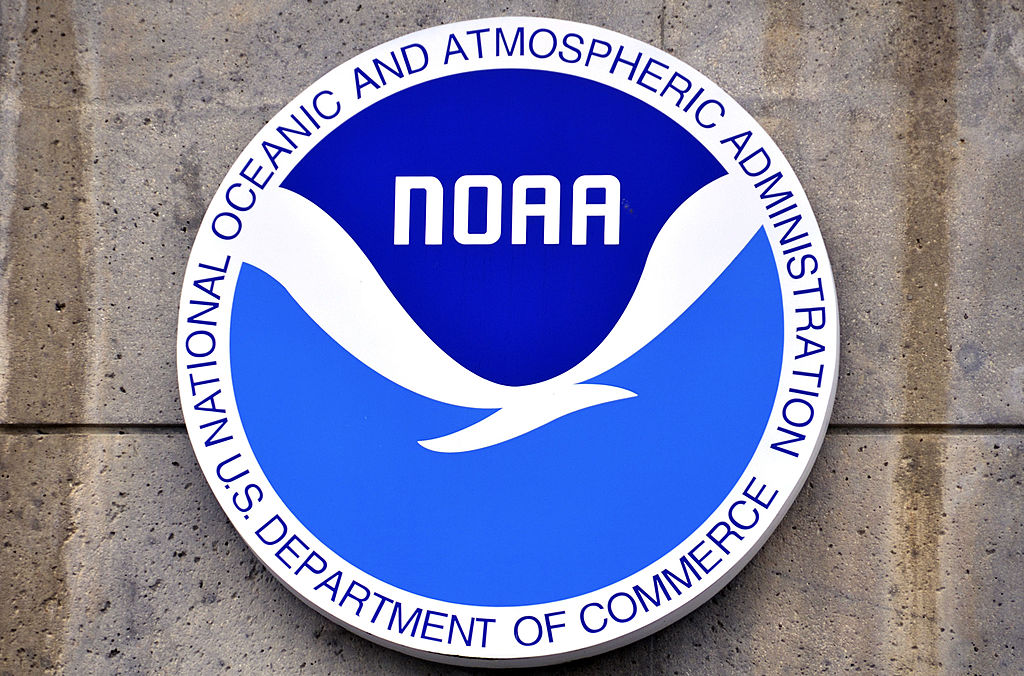When two Philippine Air Force C-130s arrived at the typhoon-wrecked airport here just after dawn Tuesday, more than 3,000 people who had camped out hoping to escape the devastation surged onto the tarmac past a broken iron fence. Only a few hundred made it aboard; the rest were left in a shattered, rain-lashed city short of food and water and littered with uncounted bodies.
Just a dozen soldiers and several police held the crowd back. Mothers raised their babies high above their heads in the rain, in hopes of being prioritized. One woman in her 30s lay on a stretcher, shaking uncontrollably.
"I was pleading with the soldiers. I was kneeling and begging because I have diabetes," said Helen Cordial, whose house was destroyed in the storm. "Do they want me to die in this airport? They are stone-hearted."
"We need help. Nothing is happening," said Aristone Balute, an 81-year-old who also didn't get a flight. "We haven't eaten since yesterday afternoon." Her clothes were soaked from the rain, and tears streamed down her face.
The struggle at Tacloban's airport is one of countless scenes of misery in the eastern Philippines since Typhoon Haiyan struck Friday. Only a tiny amount of assistance has arrived and the needs of the nearly 10 million people affected by the disaster are growing ever more urgent.
The official death toll from the disaster stood at 1,774 on Tuesday, though authorities have said they expect that to rise markedly. They fear estimates of 10,000 dead are accurate and might be low.
As local authorities struggled to deal with the enormity of the disaster, the United Nations said it had had released $25 million in emergency funds and was launching an emergency appeal for money.
U.S. & World
Tacloban, a city of about 220,000 people on Leyte island, bore the full force of the winds and the tsunami-like storm surges. Most of the city is in ruins, a tangled mess of destroyed houses, cars and trees. Malls, garages and shops have all been stripped of food and water by hungry residents.
For full coverage of Typhoon Haiyan, visit NBCNews.com
Most residents spent the night under pouring rain wherever they could — in the ruins of destroyed houses, in the open along roadsides and shredded trees. Some slept under tents brought in by the government or relief groups.
Local doctors said they were desperate for medicine. Beside the ruined airport tower, at a small makeshift clinic with shattered windows, army and air force medics said they had treated around 1,000 people since the typhoon for cuts, bruises, lacerations and deep wounds.
"It's overwhelming," said Air Force Capt. Antonio Tamayo. "We need more medicine. We cannot give anti-tetanus vaccine shots because we have none."
International aid groups and militaries are rushing assistance to the region, but little has arrived. Government officials and police and army officers have been caught up in the disaster themselves, hampering coordination.
The USS George Washington aircraft carrier was expected to arrive off the coast in about two days, according to the Pentagon. A similar sized U.S. ship, and its fleet of helicopters capable of dropping tons of water daily and evacuating wounded, was credited with saving scores of lives after the 2004 Asian tsunami. The U.S. said it is providing $20 million in immediate aid.
Several other countries, including Japan, Britain and Australia, together have donated tens of millions of dollars. The United Nations said in a statement that its $25 million would be used to pay for emergency shelter materials and household items, and for assistance with the provision of emergency health services, safe water supplies and sanitation facilities.
"We have deployed specialist teams, vital logistics support and dispatched critical supplies — but we have to do more and faster," said U.N. humanitarian chief Valerie Amos, who was flying to the country.
Joselito Caimoy, a 42-year-old truck driver, was one of the lucky ones at Tacloban airport. He was able to get his wife, son and 3-year-old daughter on a flight out. They embraced in a tearful goodbye, but Caimoy stayed behind to guard what's left of his home and property.
"People are just scavenging in the streets. People are asking food from relatives, friends. The devastation is too much ... the malls, the grocery stories have all been looted, "he said. "They're empty. People are hungry. And they (the authorities) cannot control the people."
The dead, decomposing and stinking, litter the streets or remain trapped in the debris.
As many as 41 provinces were affected by the typhoon, known as Haiyan elsewhere in Asia but called Yolanda in the Philippines. It was likely the deadliest natural disaster to beset this poor Southeast Asian nation.
Authorities said they had evacuated 800,000 people head of the typhoon, but many evacuation centers proved to be no protection against the wind and rising water. The Philippine National Red Cross, responsible for warning the region and giving advice, said people were not prepared for a storm surge.
"Imagine America, which was prepared and very rich, still had a lot of challenges at the time of Hurricane Katrina, but what we had was three times more than what they received," said Gwendolyn Pang, the group's executive director.
Philippine President Benigno Aquino III declared a "state of national calamity," allowing the central government to release emergency funds quicker and impose price controls on staple goods. He said the two worst-hit provinces, Leyte and Samar, had witnessed "massive destruction and loss of life" but that elsewhere casualties were low.
The Philippines, an archipelago nation of more than 7,000 islands, is annually buffeted by tropical storms and typhoons, but Haiyan was an especially large catastrophe. Its winds were among the strongest ever recorded, and it appears to have killed more people than the previous deadliest Philippine storm, Thelma, in which about 5,100 people died in the central Philippines in 1991.
The country's deadliest disaster on record was the 1976 magnitude-7.9 earthquake that triggered a tsunami in the Moro Gulf in the southern Philippines, killing 5,791 people.
Amos of the U.N. and Philippines Foreign Secretary Albert del Rosario will launch an emergency appeal Tuesday in Manila for aid to help the almost 9.8 million people affected, the director of U.N. humanitarian operations said.
The storm also killed eight people in southern China and inflicted hundreds of millions of dollars in damage to farming and fishing industries, Chinese state media reported Tuesday.



